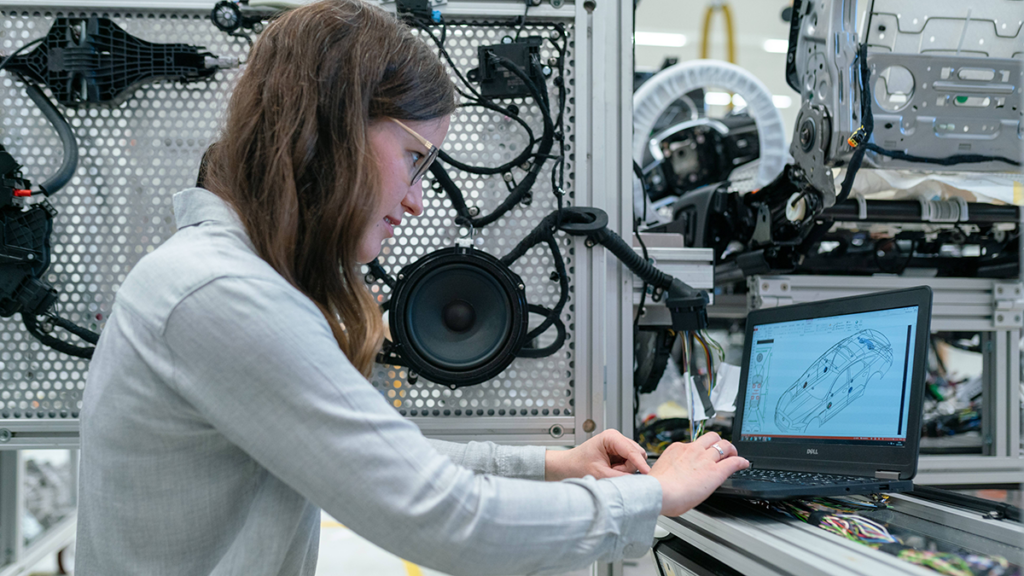Manufacturing in the era of industry 4.0 differs massively to the days of Henry Ford, who once said customers can have “any colour as long as it’s black.”. Today, the industry is no longer focused on mass production, but increasingly on connecting the customer to the production process and on customisation.
Generally, customisation refers to designing, engineering and producing goods to meet a customers’ unique needs, including build-to-order (BTO) parts, short production runs and mass customisation or personalisation. According to a report by Allied Market Research, the global custom manufacturing market is expected to grow from $858.8 billion in 2021 to $1,350.2 billion in 2031 at a CAGR of 4.6 per cent, making customisation one of the hottest trends in manufacturing.
There is no doubt that individualisation adds value to a company’s offering. In an increasingly competitive business world, companies must take advantage of new technologies and rethink their production process to maximise customer experience and profitability. Offering affordable, personalised products is key in the era of industry 4.0.
Flexible technology
Industry 4.0 revolutionised the manufacturing process by introducing sensors and later on digital twins. Digital twins are bridging the gap between the physical and digital worlds by collecting real-time data from digital product replicas and allow businesses to gather valuable analytical insights.
This technology is beneficial for predictive maintenance and provides an advantage at the design stage. Digital twins allow manufacturers to test designs virtually before implementing changes on the real assets with no real risks. This saves costs and labour time and can be performed many times at no additional costs, until the customer is satisfied.
According to a report by Capgemini, the 1,000 organisations surveyed have noticed a 13% decrease in costs, on average, across different use cases of digital twins and a 15% increase in operational efficiency. On top of these advantages, digital twins are also compatible with other industry 4.0 technologies. For example, engineers can combine digital twin capabilities with 5G connectivity or AI to make personalised recommendations based on customers’ historical data to further increase clients satisfaction.
Solutions for niche requirements
In cases where certain manufacturing tasks are not covered by standard products on the market, customers can turn to companies that provide tailor-made solutions.
One particular challenge for customisation is that, usually, what customers want is not always what their business needs. An example would be a customer specifying a terminal for an application that whilst optimises a production process, the terminal could be on a long lead time or it does not have the necessary standards approval to be safely integrated into the product. In such situations, experienced engineers can advise on the best customised solutions that meet the client’s requirements.
One customisable solution designed by REO is the output choke for off-shore applications. These chokes are usually used with variable speed drives that are specified as air-cooled for conventional applications, such as HVAC and lift control.
However, with products for off-shore applications increasingly in demand, so are water-cooled devices, which prove more reliable and less prone to environmental issues. With this in mind, REO combined the base product, the choke with its standard water cooling system, which resulted in a water-cooled device for one of their clients.
This type of customisation can help companies strengthen their relationship with clients and position themselves as real innovators in the industry. Tapping into emerging trends and technologies can help businesses diversify their offering and remain competitive in their fields.
There’s also plenty of other news editorials at IoT Insider’s sister publication, Electronic Specifier. And you can always add to the discussion at our comments section below or on our LinkedIn page here.
